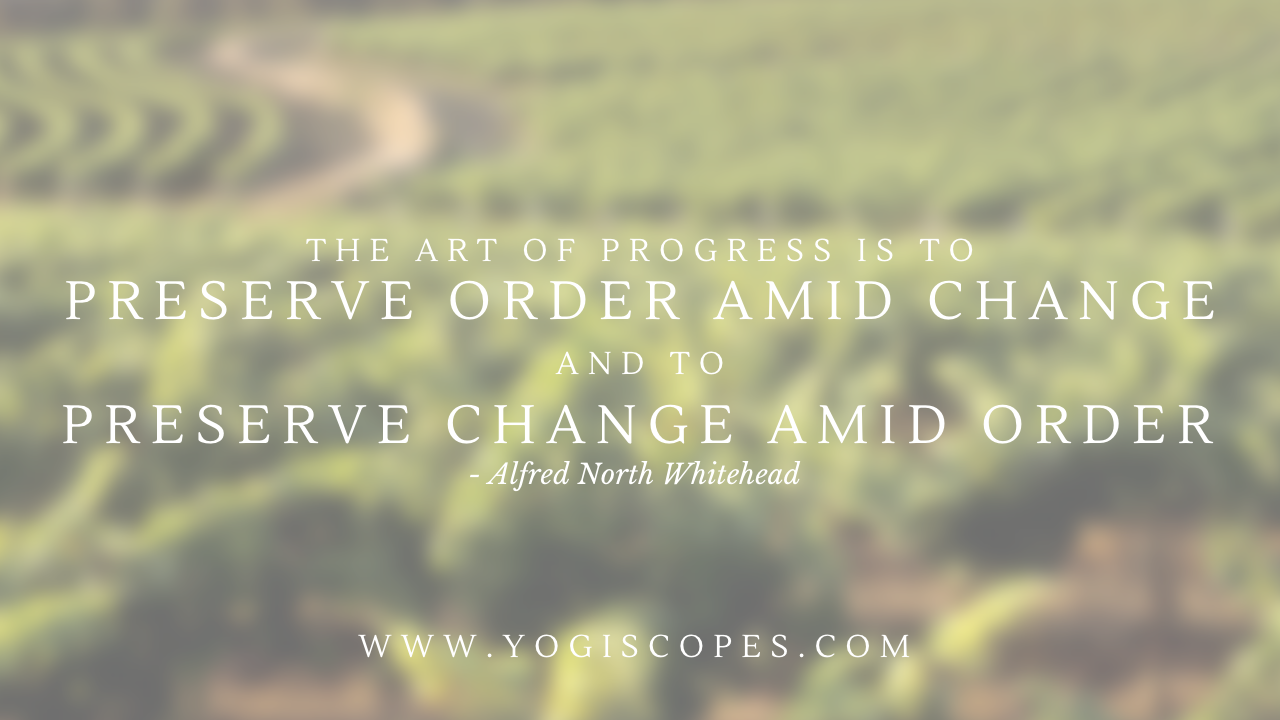
Neural Pathways and Samskaras
May 17, 2021This is the companion blog post to episode 14 of The Science of Light Podcast, for more info please tune into the episode!
"The art of progress is to preserve order amid change, and to preserve change amid order." - Alfred North Whitehead
Please exhale and notice your breath. Maybe for 15 seconds, maybe more. When was the last time you checked in with your breath? I started this episode asking you to do that for the length of the intro music of my podcast. I also frequently ask my yoga students to do so, in hopes that we can all condition ourselves to check in with our breath—and by doing so settle the mind—as often as possible.
The breath exercise is a very practical example of what we are investigating in this episode: neural pathways, conditioning, and samskaras. Maybe you’ve heard the saying “what fires together wires together.” That saying is a perfect catchphrase to help you remember these concepts. Let’s dive into it a little more!
Samskara, the yoga philosophy concept for this episode, is not to be confused with a similar sounding yoga philosophy/buddhist concept of samsara.
Samsara = cycle of birth, suffering, death, rebirth—released when you find moksha or freedom from that cycle. In some ways this is what we are looking at with a birth chart reading—the karmas we have to work through before finding liberation.
Samskara = loosely means impressions, but comes from the root words sam (joined together) and kara (action). When actions are joined together, they form habits, patterns, or our conditioning. Remember, what fires together wires together!
Samskaras make up our conditioning, our behaviors, even how we respond to our environment and the goings on of our days, whether that’s on a conscious level or not. Cues from sensory information trigger physiological responses, whether we are aware of those patterns or not. The goal is to create awareness of our patterns so that we can direct our responses the way we want them—to condition ourselves in the way that makes our habits and lifestyle most deeply serving to our goals and health.
One of the earliest and most well-known examples of this concept is Pavlov and his dogs. To sum it up, Pavlov did an experiment on dogs in which he rung a bell and gave the dogs a treat every time they heard the bell. Eventually, he stopped giving the dogs the treat, but when he rang the bell they would expect the treat and even begin salivating—a physiological response to sensory information! Modern day neuroscience and psychology back this concept up—when we respond to a trigger or environmental cue the same way enough times (whether consciously or not) our body then begins to automatically, physiologically respond or prepare to respond to that cue. This is what makes our habits and patterns, or samskaras, so ingrained, and therefore sometimes difficult to change.
Maybe our behaviors and patterns largely serve us. Maybe we already spend a lot of time and intention on these practices (likely, if you already have a yoga practice!). However, life is always changing—whether that be the seasons or through bigger events—so we must always adapt. The ability to change our behavior to respond to our circumstances will always be a skill we need to have, and all of these concepts can help sharpen the skill of creating behavior changes that are sustainable.
In this episode, I discuss several tools and frameworks to help become aware of our conditioning and thereby change it. These tools work whether you’re trying to undo trauma’s imprint, or even if you’re trying to just cultivate healthier habits. This is an extension of the last solo episode, related to incremental change using the stages of change or transtheoretical model. Please refer to episode 12 for more information on that.
Like I frequently do, I ended the episode with some practical tools and yoga practices to put these concepts into use in your daily life.
-
Cultivate vidya (awareness): check in with your chakras or koshas
-
I described the koshas (energetic “sheaths” or layers of existence)
-
Annamaya kosha: food sheath/physical body, earth element
-
Pranamaya kosha: breath, energy body, energy level, water element
-
Manomaya kosha: mind body, mental sheath, fire element
-
Vijnanamaya kosha: intellect/intuitive sheath, inner knowing, very subtle, sensate awareness, felt sense, air element
-
Anandamaya kosha: bliss body, connection with divine or greater purpose, ether/space element
-
-
-
Set your sankalpa (intention): Where do you want to go? Who do you want to be? How do you want to show up in the world? What did you come up with in the koshas check in that you want to work with?
-
Abhyasa: time to practice! what are you going to do to live out your intention? Maybe choose 3 practices, or 3 things you’re going to let go of to create space for your intention, or maybe you work with the trigger/action/habit framework. What is going to be the trigger to tell you to do the new action that you want to make it a habit?
Get Yogiscopes in your inbox!
Get personalized yoga practices based on your birth chart and the astrological weather, delivered straight to you for FREE!
*entering birth day/birth chart info optional. Enter birth day for solar return freebies, enter birth chart info if you'd like me to send you a FREE copy of your Vedic Birth Chart.
We hate SPAM. We will never sell your information, or share it with anyone else.
